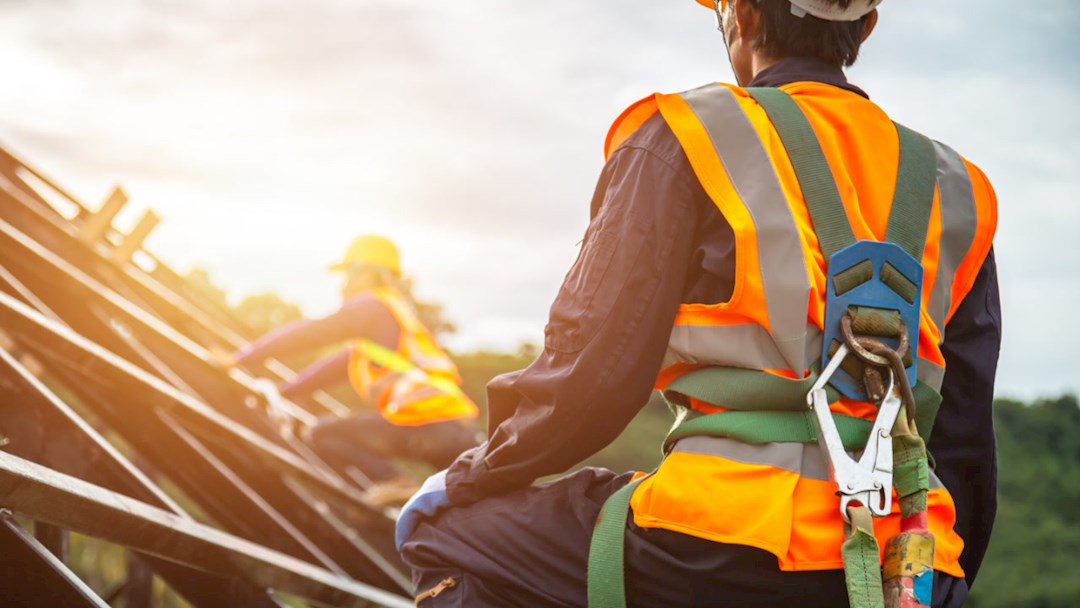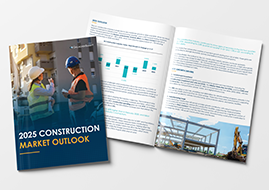
The construction industry is at a crossroads where the need for sustainable practices intersects with the imperative for safety. As the world increasingly focuses on environmental responsibility, the construction sector is uniquely positioned to lead by example through the integration of sustainable and safety practices. This approach not only protects the environment but also enhances worker safety and project efficiency.
The Intersection of Sustainability and Safety
Sustainability in construction involves minimizing environmental impact through efficient resource use, waste reduction, and the adoption of green building practices. Safety focuses on protecting workers from hazards and ensuring a secure work environment.
While these goals may seem distinct, they're inherently connected. Sustainable practices can lead to safer construction sites and vice versa.
Key Strategies for Integrating Sustainability and Safety
Green Building Materials and Methods
The use of sustainable materials — such as recycled steel, low-VOC paints, and sustainably sourced timber — reduces environmental impact and can improve indoor air quality, benefiting worker health. The U.S. Green Building Council (USGBC) highlights that green building practices often incorporate safety considerations, such as improved ventilation and natural lighting, which enhance worker wellbeing (USGBC, 2021).
Energy Efficiency and Safety
Implementing energy-efficient technologies — such as LED lighting and smart HVAC systems — not only reduces energy consumption but also enhances safety by providing better illumination and air quality. The integration of renewable energy sources, such as solar panels, can also reduce reliance on potentially hazardous fossil fuels.
Waste Reduction and Site Safety
Effective waste management practices, such as recycling and reusing materials, contribute to sustainability and reduce clutter on construction sites, minimizing trip hazards and improving overall safety. The Construction Industry Institute (CII) emphasizes that organized and clean sites are inherently safer (CII, 2022).
Training and Awareness
Educating workers about the importance of sustainability and safety is crucial for successful integration. Training programs that cover both environmental and safety practices can empower workers to make informed decisions that benefit both areas. The Occupational Safety and Health Administration (OSHA) supports comprehensive training as a means to enhance safety and environmental outcomes (OSHA, 2022).
Benefits of Integrating Sustainability and Safety
- Enhanced worker health and safety: Sustainable practices often lead to healthier work environments, reducing the risk of respiratory issues and other health problems associated with traditional construction methods.
- Cost savings: Efficient resource use and waste reduction can lead to significant cost savings, which can be reinvested in further safety and sustainability initiatives.
- Improved reputation and compliance: Companies that prioritize sustainability and safety are better positioned to meet regulatory requirements and enhance their reputation among clients and stakeholders.
Conclusion
Integrating environmental and safety practices in construction isn't just a trend but a necessity for the industry's future. By adopting sustainable safety practices, construction companies can protect the environment, enhance worker safety, and achieve greater efficiency and profitability. This holistic approach is essential for building a resilient and responsible construction industry.
Gallagher Bassett provides comprehensive end-to-end risk management solutions for the construction industry, supporting our clients from preconstruction through closeout with a focus on loss prevention, mitigation, remediation, and resolution. In collaboration with Safe T Professionals, the Gallagher Bassett Technical Services team delivers risk management solutions, including loss control, training, and site and claims resolution services. Our team of multidisciplined technical experts partners with clients to effectively minimize the impact and costs associated with construction-related risks, ensuring exceptional outcomes at every stage of the project life cycle.
Learn more about our partnered solutions for the Construction Industry.
Sources
U.S. Green Building Council (USGBC). (2021). "Green Building 101: Sustainable Materials and Resources."
Construction Industry Institute (CII). (2022). "Understanding the Implications of Environmental, Social, and Governance Criteria on Capital Projects." Gated.
Occupational Safety and Health Administration (OSHA). (2022). "Training Requirements in OSHA Standards." PDF file.
Make Gallagher Bassett your dependable partner
When making the right decision at the right time is critical to minimize risk for your business, count on Gallagher Bassett's extensive experience and global network to deliver.

